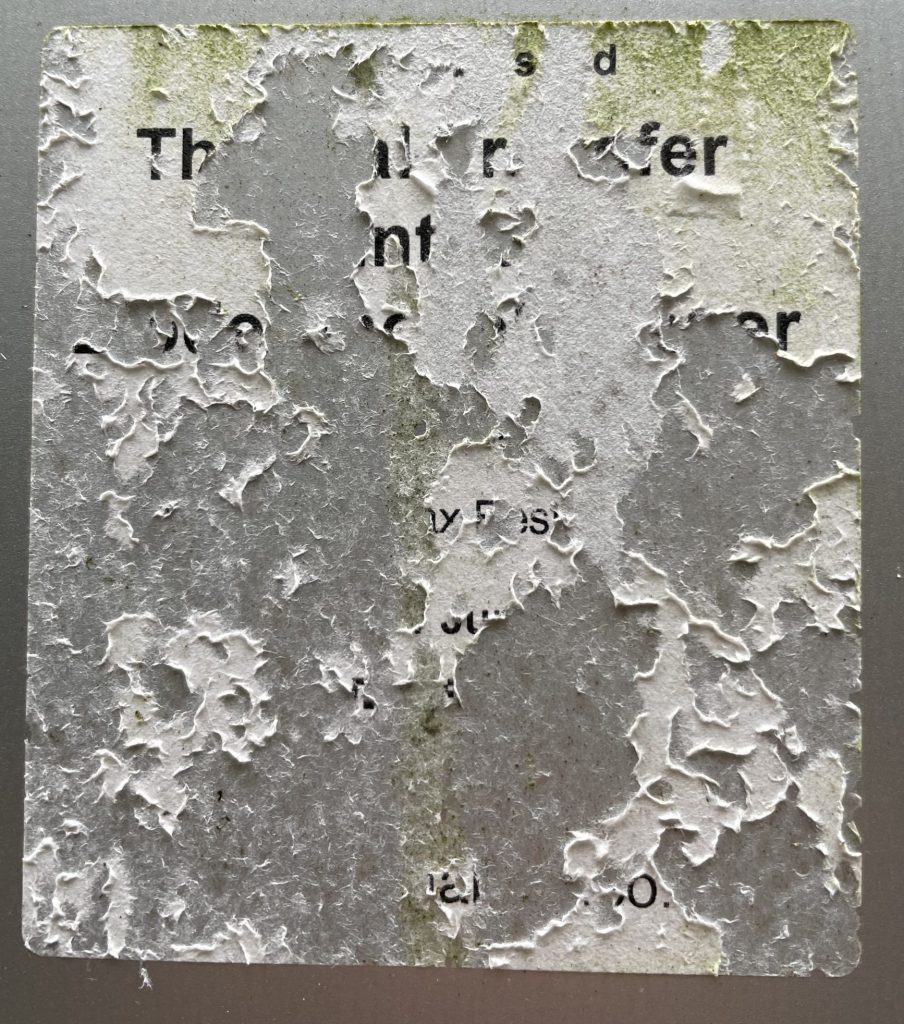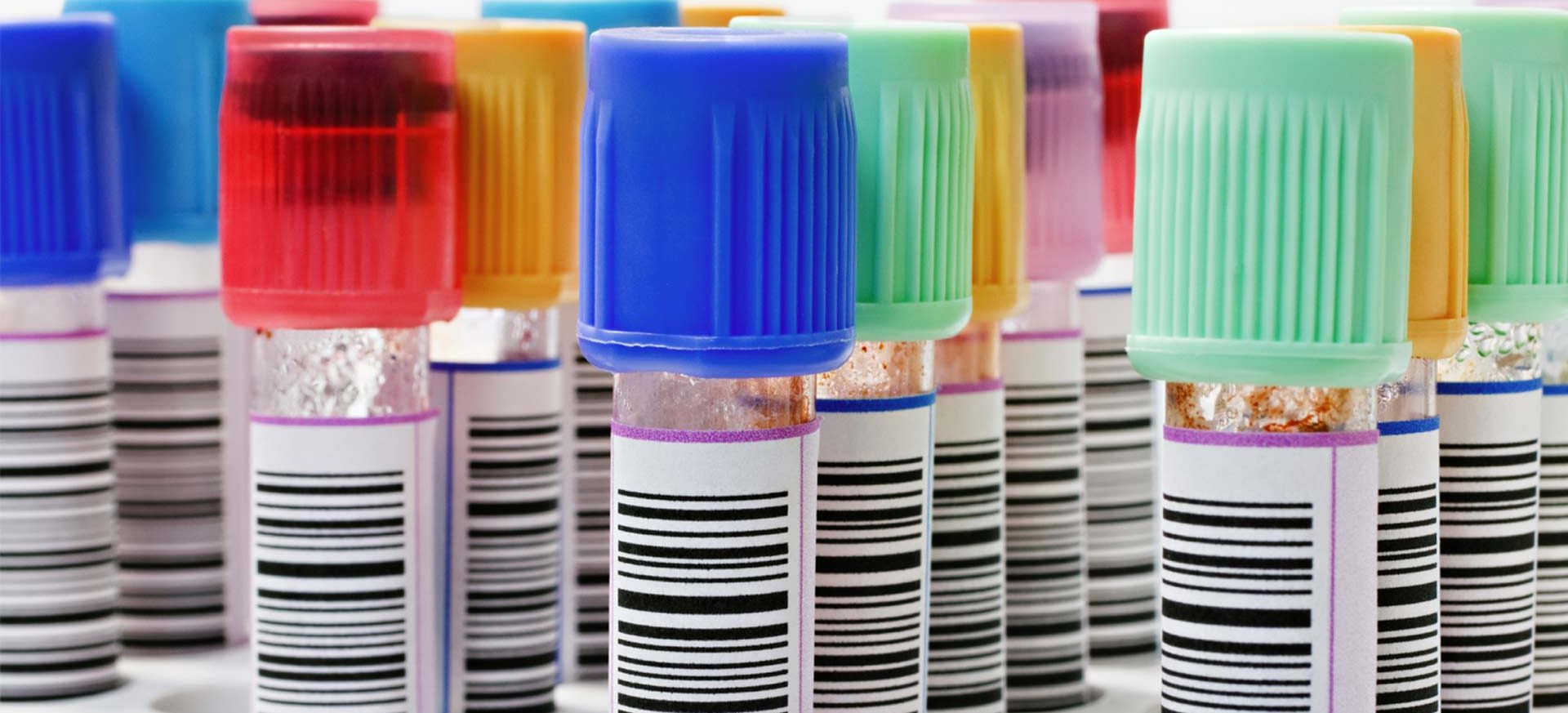
Guide to Biodegradable Labels
With plastic doing so much harm to our environment – more and more of us are looking at biodegradable packaging to minimise damage. This guide to biodegradable labels will help you in your small but significant contribution to the war on plastic.
How can you, as someone who buys labels for your product packaging, meet your customers demands and use biodegradable labels to reduce environmental damage?
Biodegradable labels is a complicated subject and to fully understand it, you’ll need to read all of this guide. Even though these labels will biodegrade there are practical things to consider from the point of view of the packaging and the local authority that handles your customers’ household waste.
We'll be Covering
What are biodegradable labels and tags?
What is the difference between biodegradable and compostable labels and tags
Biodegradable paper labels
Biodegradable plastic labels and tags
Oxo-biodegradable plastic labels and tags
How to know if you really have biodegradable labels?
Why recyclers don’t like biodegradable labels
Conclusion – recycleable or biodegradable?
What are Biodegradable Labels and Tags?
Biodegradable labels are labels that will be broken down by nature – fungus, bacteria, natural chemicals and plants.
Technically everything is broken down by nature – even plastic and metal – the real question is:
- how long it takes,
- what conditions it breaks down under and
- what it breaks down into (or what gasses it emits) during the process.
There are no standards we are aware of for biodegradable labels – though there are for compostable labels. We’ll look at compostable labels below.
Biodegradable Paper Labels
Biodegradable paper labels are the most straight-forward labels.
Most papers are biodegradable however the adhesive is the sticking point (pun untended).
For a paper label to be biodegradable, it needs a certified biodegradable adhesive. Because these adhesives aren’t made in the volume that standard adhesives are, the cost of biodegradable paper labels is much higher than standard paper labels.
Tags are often made from card and because they don’t have adhesive they are biodegradable, providing they are not laminated with plastic or printed with a lot of non-biodegradable varnish or ink.
We haven’t yet found a biodegradable paper tag that is suitable for long periods outdoors (obviously).


If you’re interested in using biodegradable labels on your packaging, we can provide a quote or help with sample labels. Read this page to help you set your label budget. How to Set my Label Budget.
Click the button below for a quote
Click this link to get a sample of biodegradable label.
The Compostable Standard
Despite the importance of biodegradable labels in the news, the industry has been slow to catch up.
Sourcing biodegradable label material isn’t easy. We are able only to supply labels made from four types of biodegradable label material at the moment.
- Matt biodegradable paper
- Gloss biodegradable paper
- Gloss biodegradable white film and
- Clear biodegradable film
Composting is the breakdown of materials into the soil. The good thing about composting is that there is a standard to measure against.
Other forms of Biodegradablility (such as into the air or water) don’t have such a standard.
The most widely accepted standard for composting is the European compostable packaging standard (EN13432).

Labels that meet the EN13432 standard break down into water, CO2 and new cell biomass.
To meet the standard they have to do so within six months.

Something to consider, however, are the conditions under which the composting takes place.
Importantly, the standard requires the label not to generate any harmful by-products. Particular attention is paid to potentially toxic elements.
A key part of the European standard is that after 12 weeks, 90% of the material is in pieces smaller than 2mm.
If the material passes all the criteria then it can display the Compostable logo.
EN13432 applies to industrial composting as opposed to home composting.
The difference between home composting and Industrial or commercial composting are the conditions the process is done under.
For example, industrial composting is tested at 58C, home composting is typically around 30C.
There are no international standards for home composting.
The European EN13432 standard includes the glue, label and ink.
Contamination of Waste by Biodegradable Plastic Labels is a Problem
Despite their eco-friendly credentials, biodegradable plastic labels are a problem for home and municipal waste disposal.
Biodegradable plastic can’t be recycled with standard plastics. If they are included with plastic they will contaminate it. As they are not paper they will contaminate paper as well.
They can’t be disposed of with food waste because they take longer to biodegrade (unless they are put through an industrial composting process).
In many local authorities, biodegradable plastic labels go to landfill, and whilst they will breakdown more rapidly than standard plastics, and won’t leave any toxic residues, they may contribute to powerful greenhouse gasses such as methane.
Identifying Biodegradable Plastic Labels
Even with the biggest ‘Compostable’ logos, it’s practically impossible for human or machine sorters to recognise biodegradable labels from normal plastic labels.
Generally speaking standard plastic contamination in garden or food waste is a big problem in composting. Local authorities are particularly sensitive to plastic contamination. If they see any plastic – biodegradable plastic labels or standard plastic labels in organic waste, it will be rejected and sent to landfill or burned.
Oxo-Biodegradable Plastics
Some biodegradable labels have a chemical added to them that needs to be exposed to oxygen or water to trigger the decomposition process. These oxo-biodegradables create micro-plastics that are considered harmful and therefore not a good alternative to standard plastics.
Oxo-plastic labels can’t gain compostable EN13432 certification.
None of our biodegradable range of labels are made with Oxo-biodegradable plastics.
Only put Biodegradable Labels on Biodegradable Packaging
It’s no good putting biodegradable stickers onto product that isn’t biodegradable. A biodegradable label on a glass bottle is a waste of money.
Not only does the packaging need to be biodegradable – it needs to look biodegradable. If it doesn’t look biodegradable waste handlers will send it to landfill where it will break down slowly.
Currently, the only combination of stickers and packaging that look biodegradable are paper stickers on cardboard packaging.
Conclusion - Use Paper or Recycleable Plastic
It’s impossible to say what conditions labels will be disposed (or discarded) under.
Biodegradable plastics might not degrade as completely and as quickly as we want them to. If they go through the waste disposal system (as hopefully the bulk of them will) they might cause more problems than they solve.
My recommendation is to use paper labels, without any plastic coating and with an adhesive that will break down without leaving any harmful by-products. What we describe as a biodegradable paper label.
If you are using plastic packaging, I hope (and expect) most of your packaging will be disposed of responsibly by your consumers.
Because most of your labels will be disposed of into the recycling system, use a label material that can be recycled and use a recyclable label NOT a biodegradable plastic sticker.
| Carelessly discarded | Disposed of properly | |
| Plastic packaging | Biodegradable paper labels | Recycled plastic labels |
| Paper or card packaging | Biodegradable paper labels | Biodegradable paper labels |
We Want to Help You Improve Our Environment.
We are as keen to improve our environment as you are and want to help. This guide to biodegradable labels is only a start.
Please pick up the phone and call 01359 271 111 or contact us and ask us how we can help you help our environment.
Useful Links
Understanding Label Prices – a resource to help you understand what to expect with costing label projects.
The concise guide to compostable packaging and products – EN 2013432 – by the Association for Organics Recycling:
See our range of environmentally friendly labels here:
Recyclable labels
Here’s a definition of biodegradation on Wikipedia: https://en.wikipedia.org/wiki/Biodegradation
- Barcode Labels
- Biodegradable Labels
- Block Out Labels
- Booklet and Fold out Labels
- Cryogenic Labels
- Fan-Fold Labels
- High Temperature Heat-Proof Labels and Tags
- Label Design and Print Software
- Loop Lock Labels
- Peel and Reveal Labels
- PiggyBack Labels
- RFID and Security Labels
- Security Labels
- Sustainable Labels
Get a Free Sample Pack
-
Our Products -
More Products



